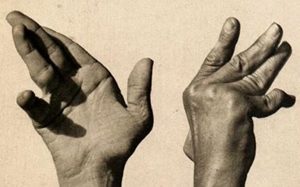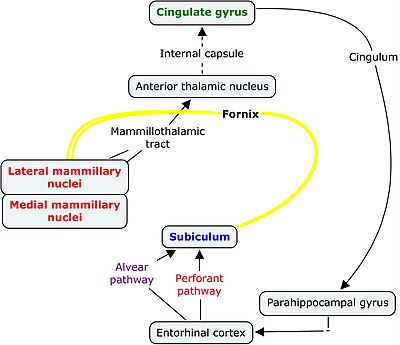Situs ambiguous also known as heterotaxy, is a rare congenital defect in which the major visceral organs are distributed abnormally within the chest and abdomen.
The normal position of the organs is known as situs solitus.
Situs inversus is a condition in which the usual positions of the organs are reversed from left to right as a mirror image of the normal condition.
If these are the two extreme positions on a continuum of asymmetric thoracic and abdominal organ formation, situs ambiguus covers everything in between.
Situs ambiguus or heterotaxy syndrome refers
to malposition and dysmorphism of thoracic and
abdominal organs associated with indeterminate
atrial arrangement and vascular anomalies.
Azygos or hemiazygos continuation of the IVC with
absence of the hepatic segment is the most frequent associated anomaly.
Right Isomerism or Asplenia or Ivemark's syndrome:
In this condition, bilateral right sidedness occurs. These patients have bilateral right atria, a centrally located liver , an absent spleen and both lungs have 3 lobes. The descending aorta and inferior vena cava are on the same side of the spleen.
Left Isomerism or Polysplenia syndrome:
Here, bilateral left sidedness occurs. These patients have bilateral left atria and multiple spleens, and both lungs have 2 lobes. Interruption of the inferior vena cava with azygous or hemiazygous continuation is often present.



.jpg)



 f C 6 vertebra.
f C 6 vertebra.




